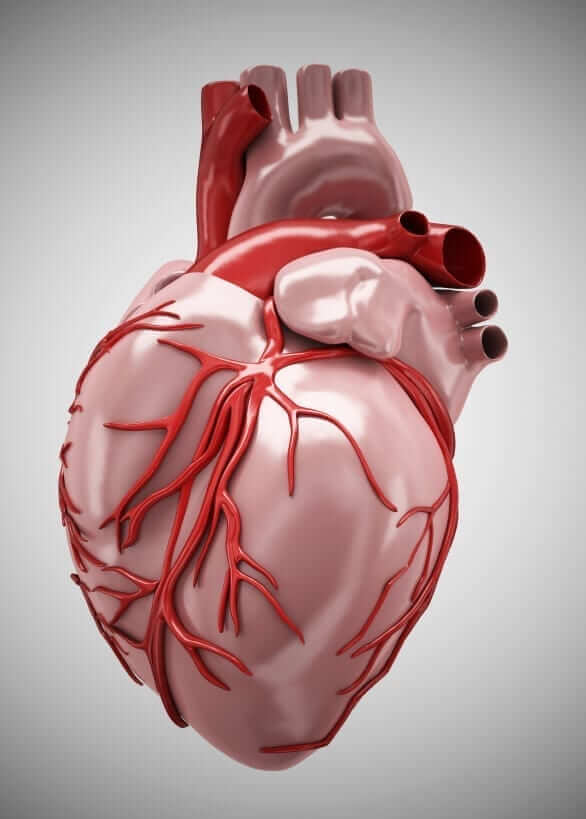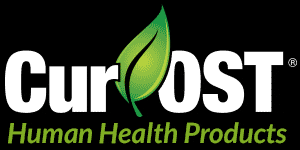Cardiovascular disease seems to be rampant in today’s society ranging, increasing the incidence of heart attacks, strokes and poor peripheral blood circulation. In the later cases, we may more commonly associate conditions such as restless leg syndrome, variations in limb temperature and even impotence. The question is regarding what is the underlying cause with these conditions and are we managing them correctly?
I have personal experience with cardiovascular disease as my father died from an acute heart attack at the age of 42. He was a fairly fit individual, past smoker but overall a very hard worker, which likely contributed to a high level of stress in his life. He wasn’t overweight and to me, seemed to be in good health at the time. As we dug deeper into the family history after his passing, it became apparent that there was a genetic trend or predisposition to cardiovascular disease as there were others in the family line. What was the cause? I am not sure of his cholesterol level as this was not something that was routinely checked in those days. So, was it cholesterol and stress combined with a genetic predisposition or was there something else? The irony to that time period was that living in Chicago, there were also recent headlines of marathon runners falling victim to heart attacks, sometimes during competition. To the average individual, those athletes would be perceived as being in prime health…so what led to their demise? There had to be an answer. Was it just stress or genetics or could there be a possible nutrient deficiency and something more than just high cholesterol?
In today’s medical society, the use of statin medications has never been higher, as the primary cause has always been pointed towards elevated cholesterol levels, but is this truly the problem? It is a reality that in today’s society, we consume an excessive amount of processed foods, high in cholesterol and omega-6 fatty acids. This does contribute to elevated cholesterol levels in most individuals, which could be managed ideally through diet modification. Cholesterol is a problem in the majority of people, but there is more to the story.
Cholesterol is a vital entity itself, being utilized by cells in their membranes and also being utilized to produce a variety of hormones needed by the body. So, it is a good thing and needed, but in moderation. That being said, personally, I think that reducing those levels through pharmaceutical intervention rather than dietarily, can lead to problems. This becomes evident in men, especially, with age and time frame being on statin medications. In the older male group that has been using these medications chronically, we begin to see a drop in testosterone levels which may be attributed to statin usage and low cholesterol production. The other concern with statins is that there is an impairing of production of CoQ10 as a direct result, which then impacts cardiovascular health in a negative fashion. So, again, based on this information and observations, is reducing cholesterol the only and best means of reducing CV disease?
In many individuals, we have other health conditions such as insulin resistance, diabetes and hypertension which all add fuel to the fire, but is there a connection overall?
The reality that is slowly being revealed is that cholesterol is not the main implicator in the course of CV disease. It is a player in the game, but not to the level we have all been told or implied.
Cardiovascular disease is a complex process which starts with damage to the endothelial cell, which lines various blood vessels. The damaged or altered endothelial cell then becomes more ‘sticky’ by nature and begins to attract certain white blood cells and oxidized cholesterol. The exact cause of the increased stickiness to these surfaces is detailed, but many things can trigger these events ranging from the oxidized cholesterol or lipids to an activation of the inflammatory cascade through the transcription factor NF-kB. With increased inflammation and damage to the endothelial cells, white blood cells are attracted and stick to the region, in addition to oxidized lipids or cholesterol. As more white blood cells accumulate, a thickening of the vessel wall is noted. Certain types of white blood cells termed monocytes transform into macrophages, then actually engulf or digest the lipids or fats in the region, now transforming into ‘foam cells’, which then further contributes to plaque formation. Changes begin to occur, chemofactors are secreted and over time, this plaque not only impairs blood flow, but can break off and travel to another location, directly blocking blood flow.
It has been estimated that 1 in 6 teenage Americans is already demonstrating thickening of various arterial walls, which indicates that the process of atherosclerosis takes time and is present in many young individuals. Unfortunately, changes in lifestyle, diet and exercise are not implemented and the actual impact of this disease is often only felt when narrowing of the blood vessel becomes sufficient enough to produce clinical signs.
Statin medications have been shown in research to reduce the incidence of cardiovascular disease is 25-38% of cases. The impact of statin medications on the actual narrowing of the blood vessels is actually even smaller and estimated to be less than a few percent (1). So, if these medications are not reducing the size of the plaque, then how are they working or what benefits do they offer overall?
What is being determined in some research is that it is not the size of the plaque that is important, but more so its stability. With ongoing inflammation, due to release of various chemofactors by the white blood cells, collagen is often degraded within the plaque itself, which then predisposes it to rupture or fracture. Statin medications have been shown in research to reduce cholesterol values in some individuals, which in itself can modify the inflammatory process. Statin medications have also been shown to be anti-inflammatory themselves directly, which then can aid to further inhibit the process. But are statin medications the end all be all for everyone or is there more that can be done?
We have to realize that ongoing inflammation is at the root of atherosclerosis, triggering a sequence of events. Now that we know this, we have to raise the question as to what else we can do to modify or manage inflammation more readily?
The main points to be headed are an alteration to our diets, reducing fat intake as well as processed foods, all of which contribute to inflammation. We need to be more active, exercise, and change certain lifestyle factors such as smoking and alcohol consumption. Again, these changes can modify the inflammatory process. Aspirin has become a major player in CV disease prevention through not only decreasing platelet stickiness, but also by modifying the inflammatory process as well. What else can be done?
We have to look at diet and herbs as well. Many herbs such as curcumin, boswellia, ashwaghanda and many others directly impact the inflammatory process by down regulating NF-kB, which triggers the formation and release of many inflammatory mediators. There have been many studies done using these herbs and have demonstrated positive changes in cardiovascular disease parameters. Antioxidants are also important not only for cellular protection, but inflammation reduction. The oxidized cholesterol implicated as a part of atherosclerosis could possibly be altered by an increase in antioxidant intake. If one is taking a statin medication, supplementation with CoQ10 is essential, as this value is likely being lowered secondarily, which could increase risk for CV disease.
What if, by herb supplementation and dietary modification, we could reduce the inflammation, improve vascular lining health, enhance circulation and curb the whole process? I think this is a reality and possibility for many, especially when you consider that not only do many herbs reduce inflammation, but they provide secondary antioxidant properties AND many actually aid in the lowering of cholesterol values naturally! All beneficial effects without side effects.
In the end, we all want to do what we can to protect and improve our health. I believe that knowledge is essential and hope that this brief article helps to raise awareness as to what is truly going on. If we are aware, even partially, then we can take action and know why we are taking those actions and how other things influence them.
Atherosclerosis is a complex disease for sure, but I do feel that there are steps we can all take to minimize its impact. The question is “what are you doing to reduce your odds?”
All our best,
Tom Schell, D.V.M.
Nouvelle Research, Inc.
www.curost.com
1. Am J Clin Nutr 2006;83(suppl):456S– 60S



Thank you for sharing this information. Can you recommend a product that has the supplements you mentioned above.
Sincerely,
Marsha
Hi Marsha, thank you for your comment. There are many options available. Here is an article on one of many that may help you. There are many others as well which also include our HU Pure formula and the herbs in that blend. http://curosthuman.com/index.php/articles/21881-cardiovascular-health-and-hawthorn-berry